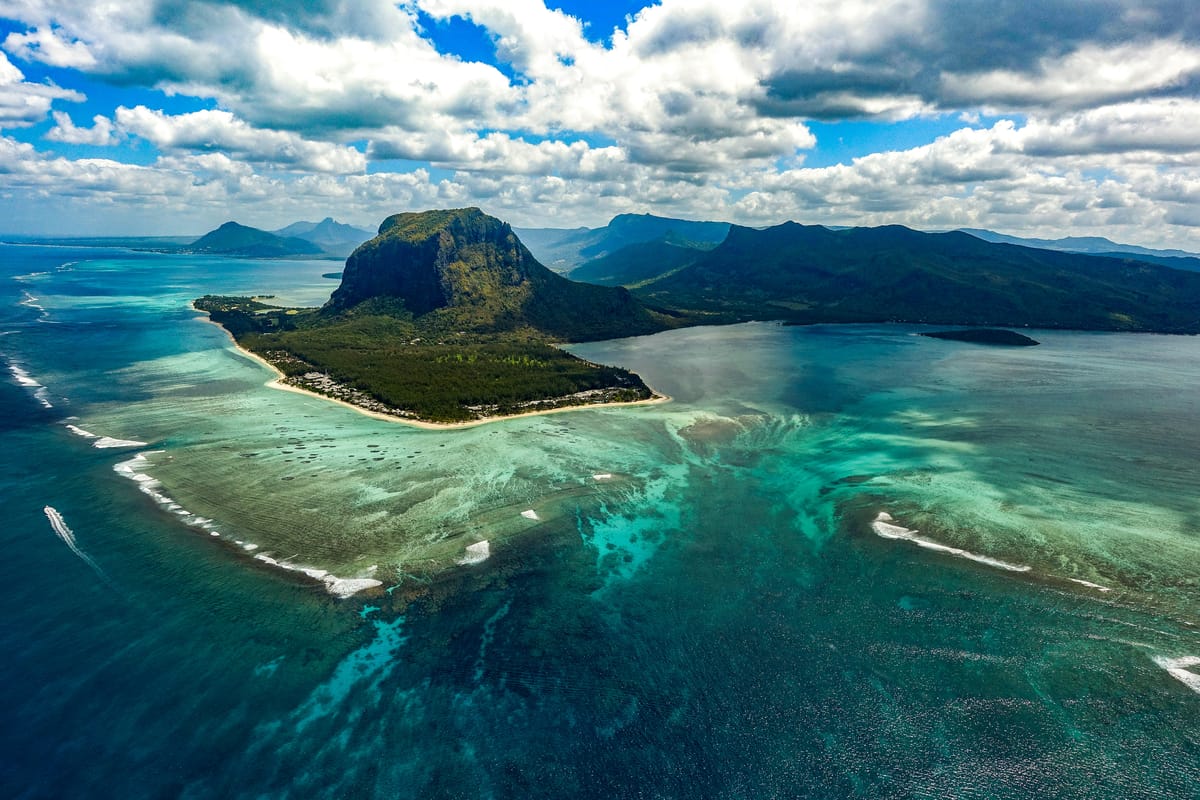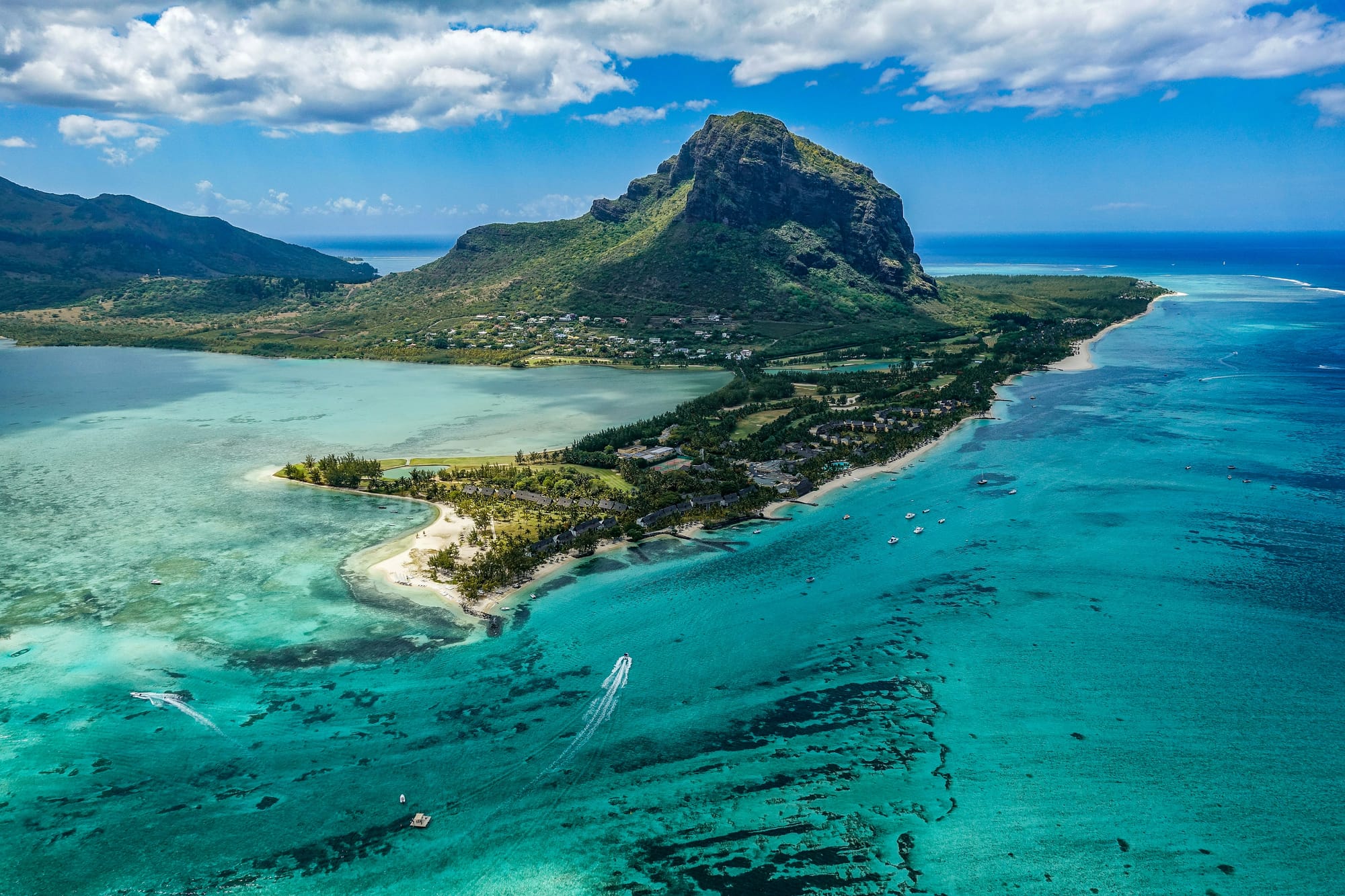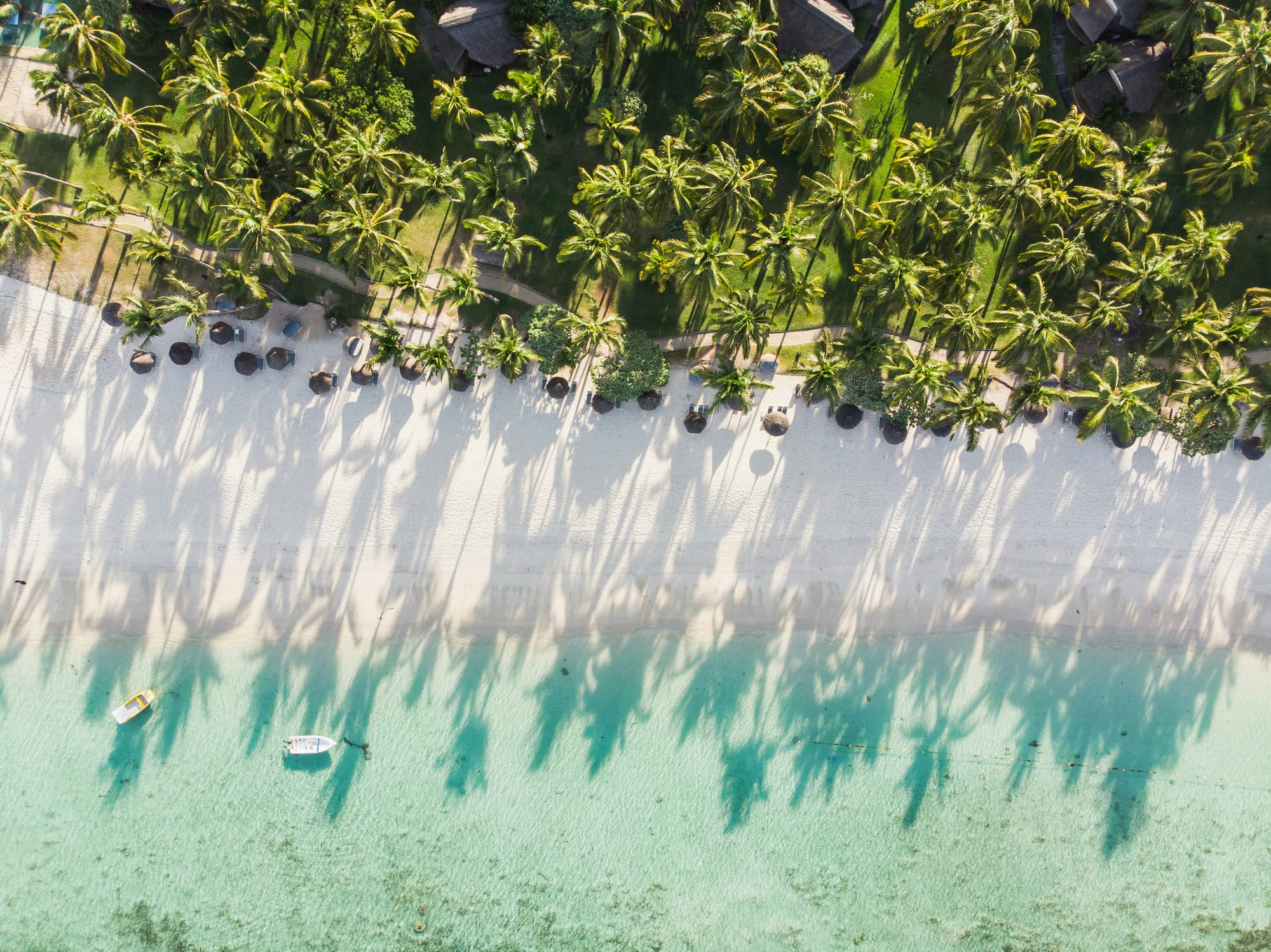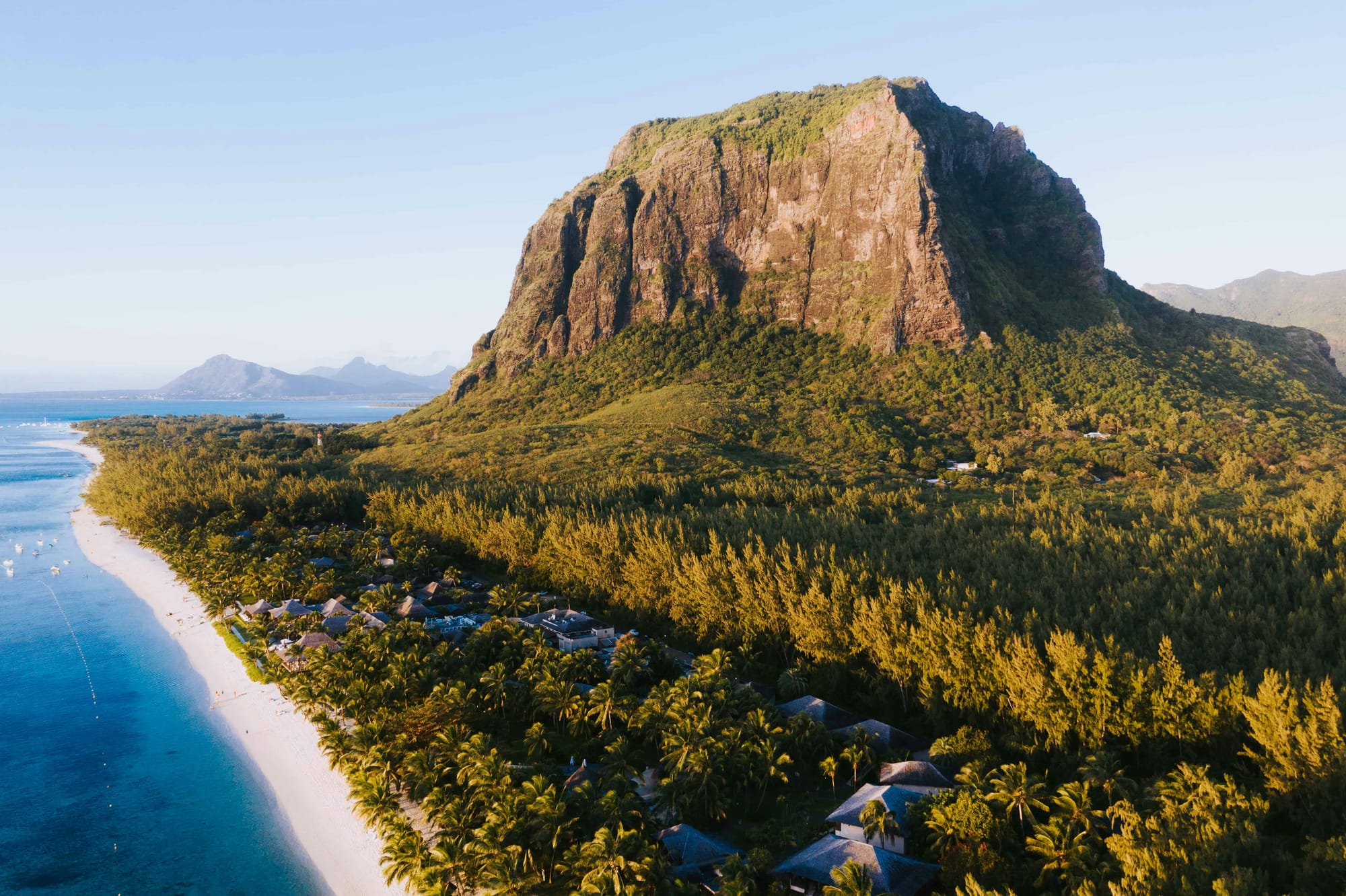The Mauritius Underwater Waterfall Explained (And How To Visit)

Key Takeaways:
- The “waterfall” is a stunning optical illusion caused by sand and silt flowing off a steep underwater shelf.
- Aerial views (helicopters/drones) are the only way to “see” it—don’t expect a Niagara-style cascade.
- The phenomenon is linked to Mauritius’ volcanic origins and rugged ocean floor topography.
- Local legends and UNESCO heritage add depth to the site’s significance.
- Tourism has risks: Respect protected marine zones and avoid disrupting the ecosystem.
Picture this: Turquoise waves crash against Mauritius’ shores, then suddenly plunge into what looks like a gaping abyss, a swirling vortex where the ocean seems to drain into the Earth’s core. It’s been called the “Underwater Waterfall” and yes, it’s as Instagram-famous as it is misunderstood. But here’s the truth: Your eyes are being fooled. Brilliantly.
1. The Illusion Explained
Beneath the surface, sand and silt from Mauritius’ shallow coastal shelves get pulled by currents over the edge of a precipitous underwater cliff. This shelf drops over 4,000 meters (13,000 ft) into the Indian Ocean’s depths. As sunlight hits the cascading sand, it creates a dramatic, flowing effect that mimics a waterfall from above. Think of it as nature’s version of a 3D movie—without the glasses.

2. Why Mauritius? Blame Volcanoes
The island was formed by volcanic activity millions of years ago. Over time, erosion carved the underwater cliffs and plateaus that make this illusion possible. The stark contrast between the light sand of the shallows and the dark abyss below heightens the visual drama. Similar phenomena exist elsewhere (see: Australia’s Great Barrier Reef), but Mauritius’ scale and clarity are unmatched.
3. How to See It (Spoiler: You Can’t Swim Here)
Forget snorkeling or diving—the “waterfall” is only visible from the air. Helicopter tours (departing from Mahébourg or Le Morne) offer the best views. Drones work too, but check local regulations; some operators require permits. Pro tip: Book flights for mid-morning when sunlight cuts through the water, sharpening the contrast.
4. The Dark Side of Virality

Since going viral, the site has faced overtourism. Helicopter noise disturbs wildlife, and some operators skirt protected zones. Stick to reputable eco-conscious companies that adhere to flight altitude limits. Avoid swimming or boating directly over the shelf, strong currents here are no joke.
5. Le Morne’s Hidden Stories
The illusion lies near Le Morne Brabant, a UNESCO World Heritage Site. This mountain was a refuge for escaped slaves in the 18th and 19th centuries. Locals tie the area’s beauty to its history of resilience—a reminder that first impressions (like the waterfall illusion) often hide deeper truths.
6. Photography Tips That Aren’t Basic
- Polarized lenses reduce glare and enhance the sand’s visibility.
- Shoot in RAW to adjust shadows/contrast later—the ocean’s hues can trick cameras.
- Avoid midday sun: Harsh light flattens the illusion. Aim for 9–11 AM or 3–5 PM.
7. Don’t Skip the Real Mauritius

While the waterfall is a headline act, Mauritius’ reefs, lagoons, and forests deserve equal attention. Pair your helicopter tour with:
- Snorkeling at Blue Bay Marine Park: Technicolor fish, no crowds.
- Hiking Le Morne: The summit rewards with panoramic Indian Ocean views.
- Chamarel’s Seven-Colored Earth: A surreal, pigment-shifting sand dune.
8. The Ecosystem at Risk
The sand creating the illusion isn’t just pretty—it’s part of a fragile coastal system. Coral reefs here buffer storms and nurture marine life. Avoid sunscreen with oxybenzone (it kills coral), and never touch or step on reefs.
The Takeaway
The Underwater Waterfall isn’t a checklist item; it’s a lesson in perspective. It reminds us that nature’s magic often lies in what we think we see—not just what’s there. Visit with curiosity, tread lightly, and let the island’s stories (real and illusory) sink in.





